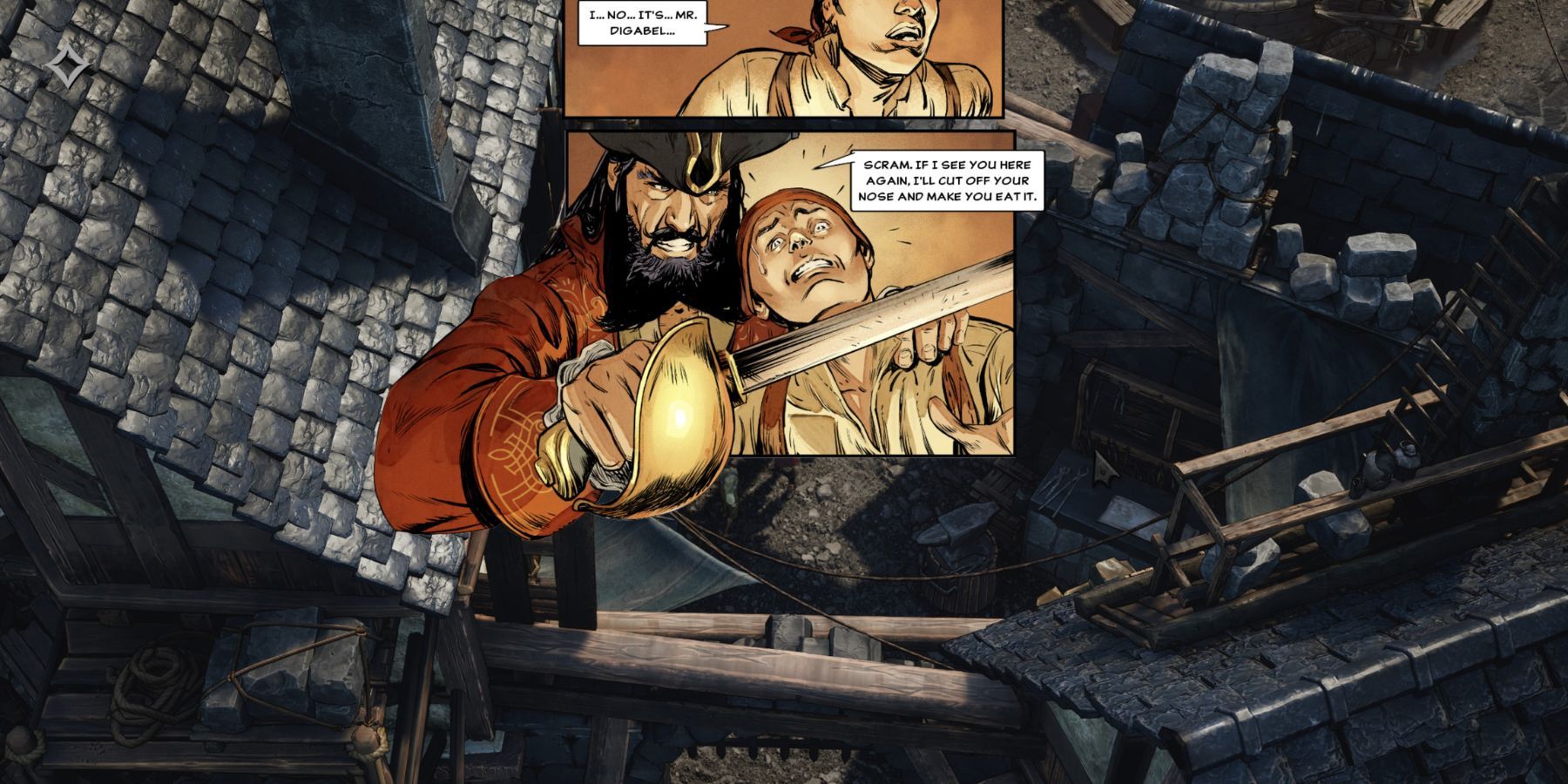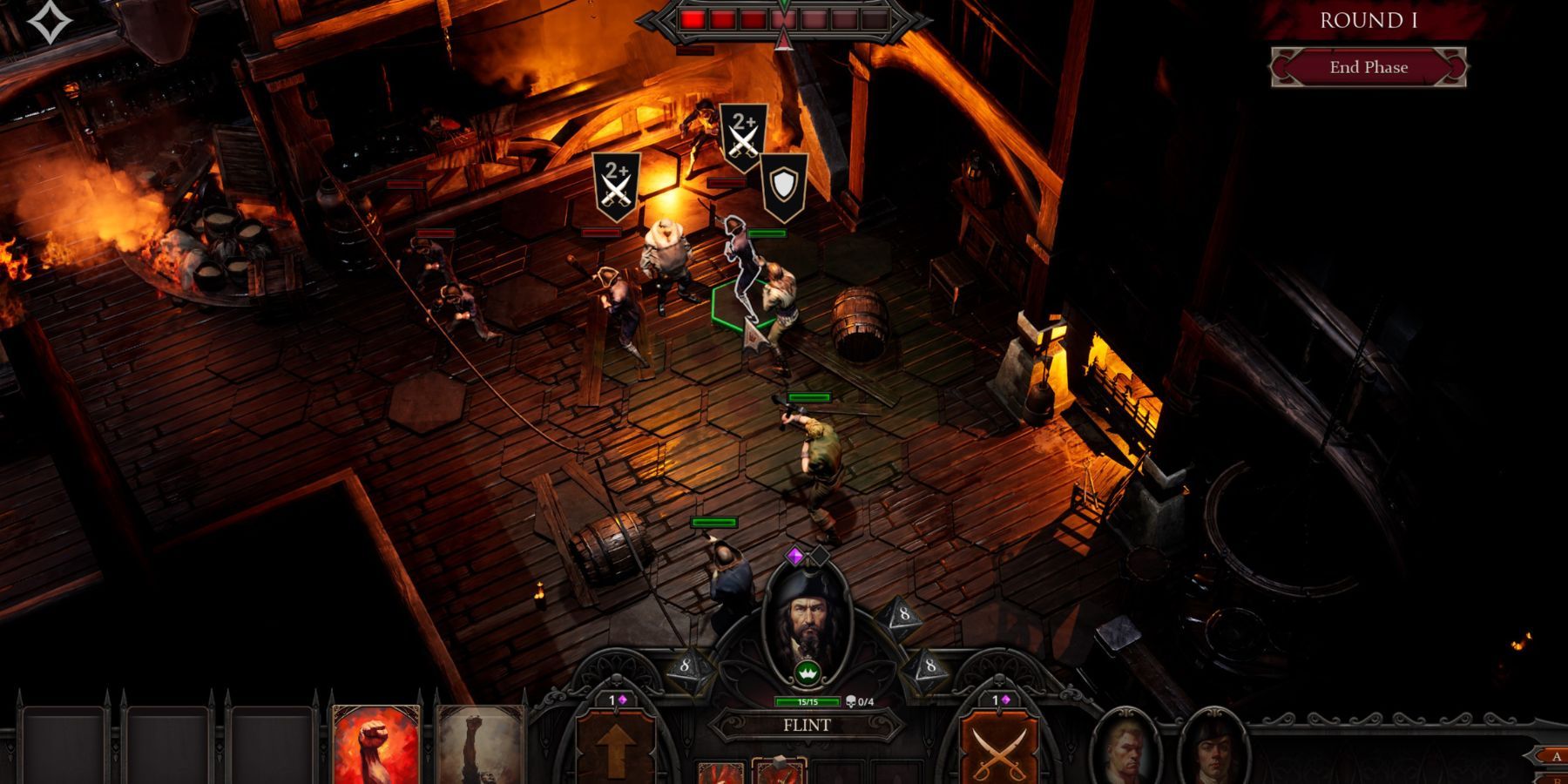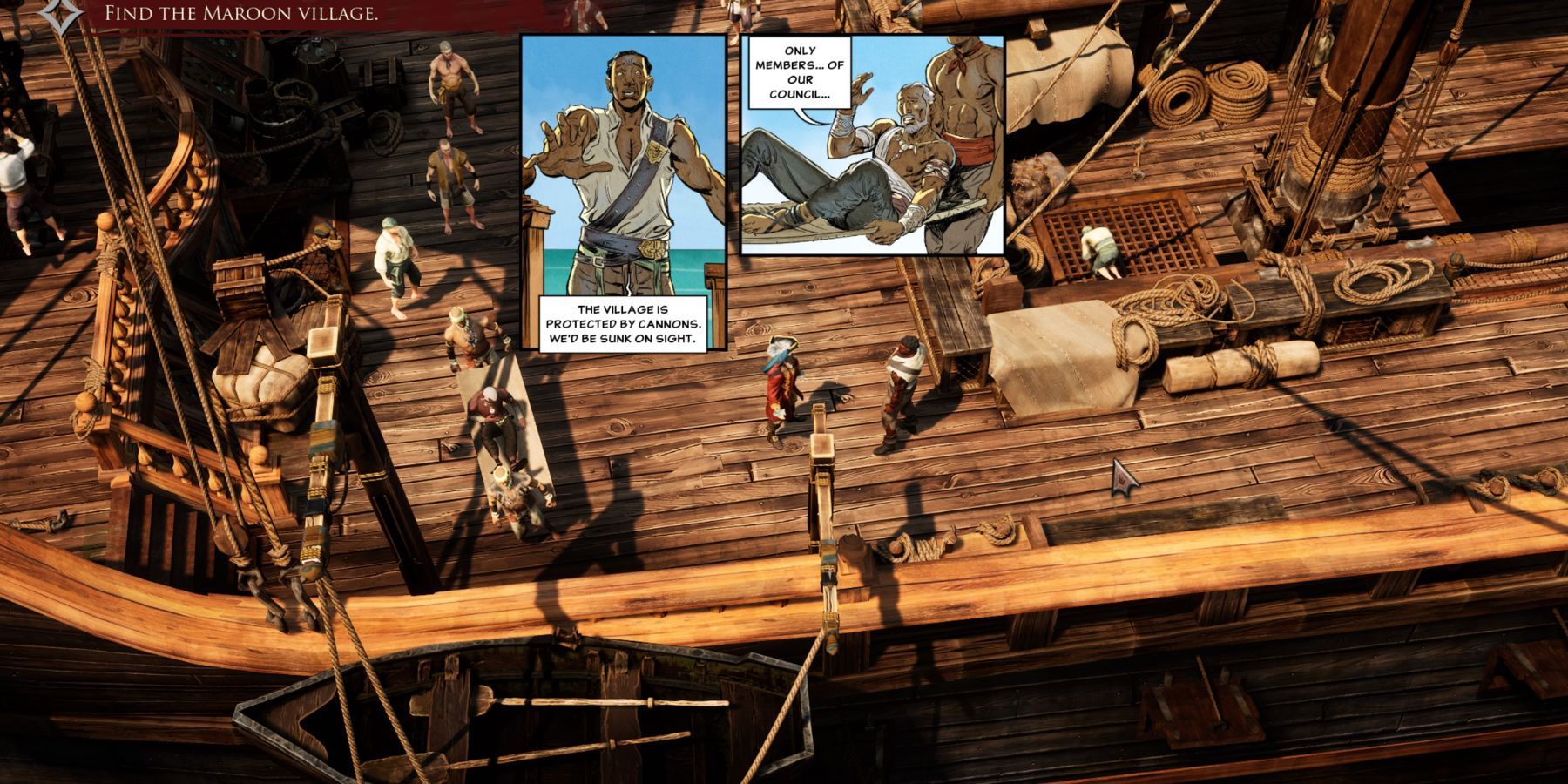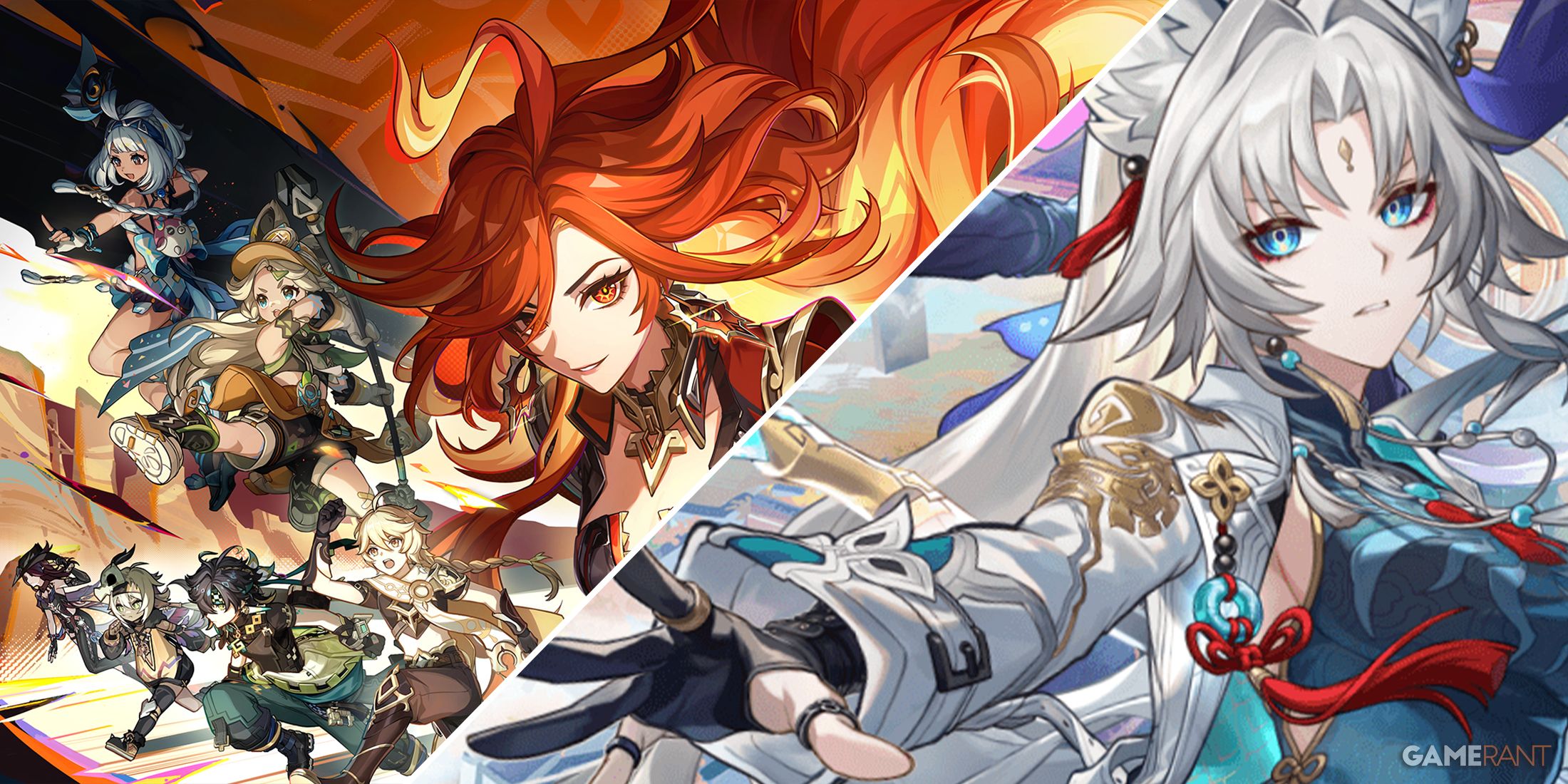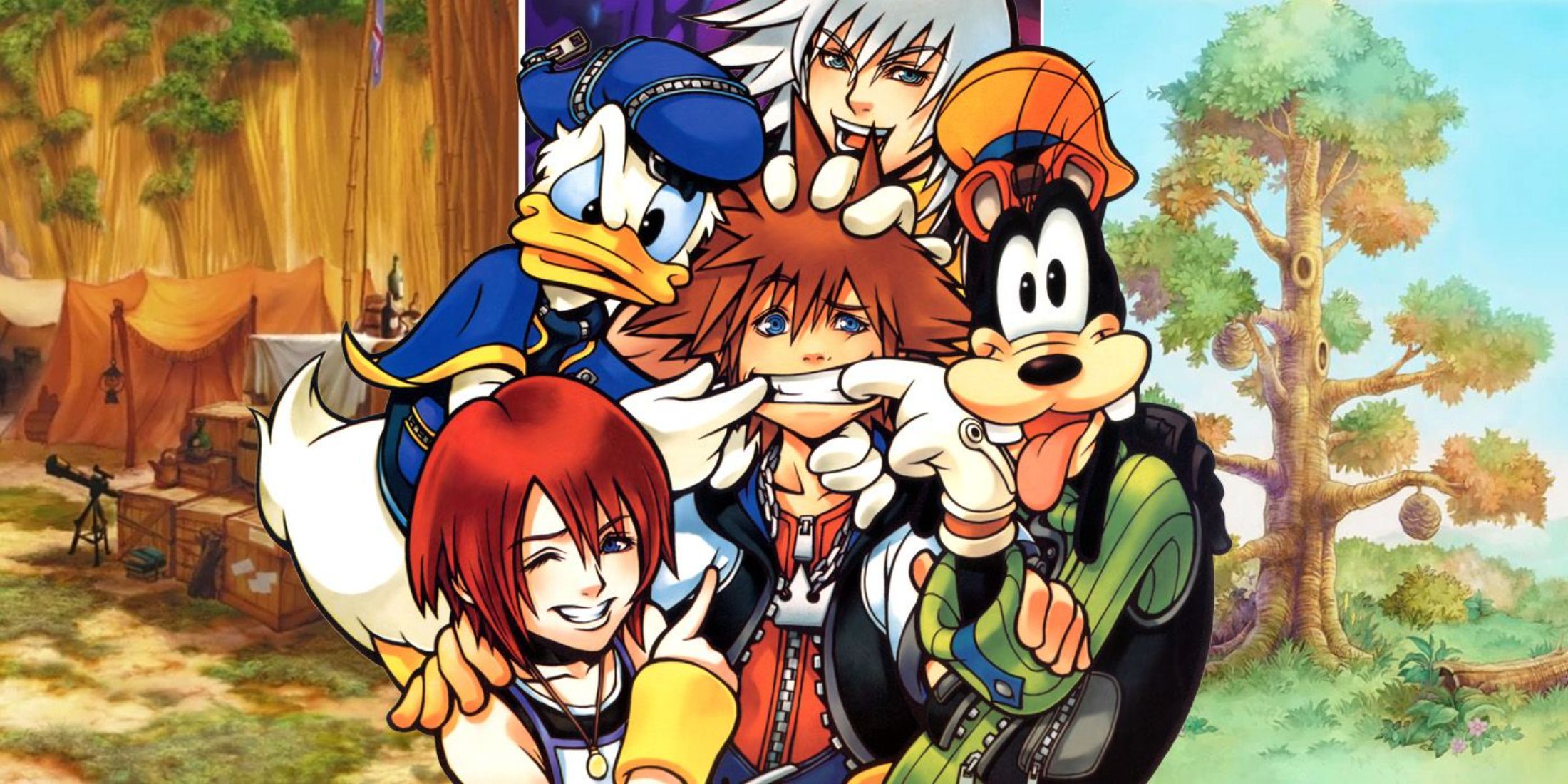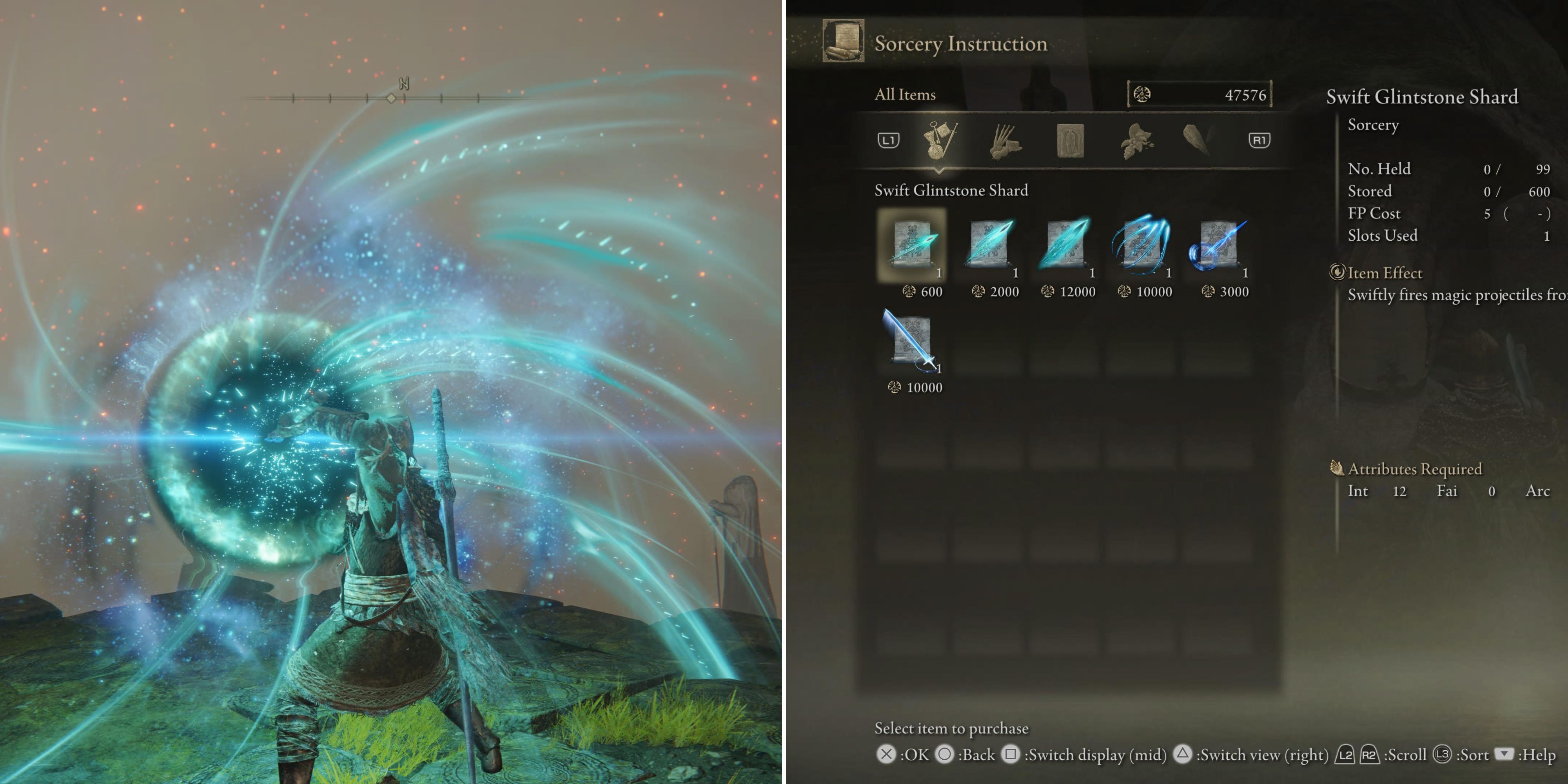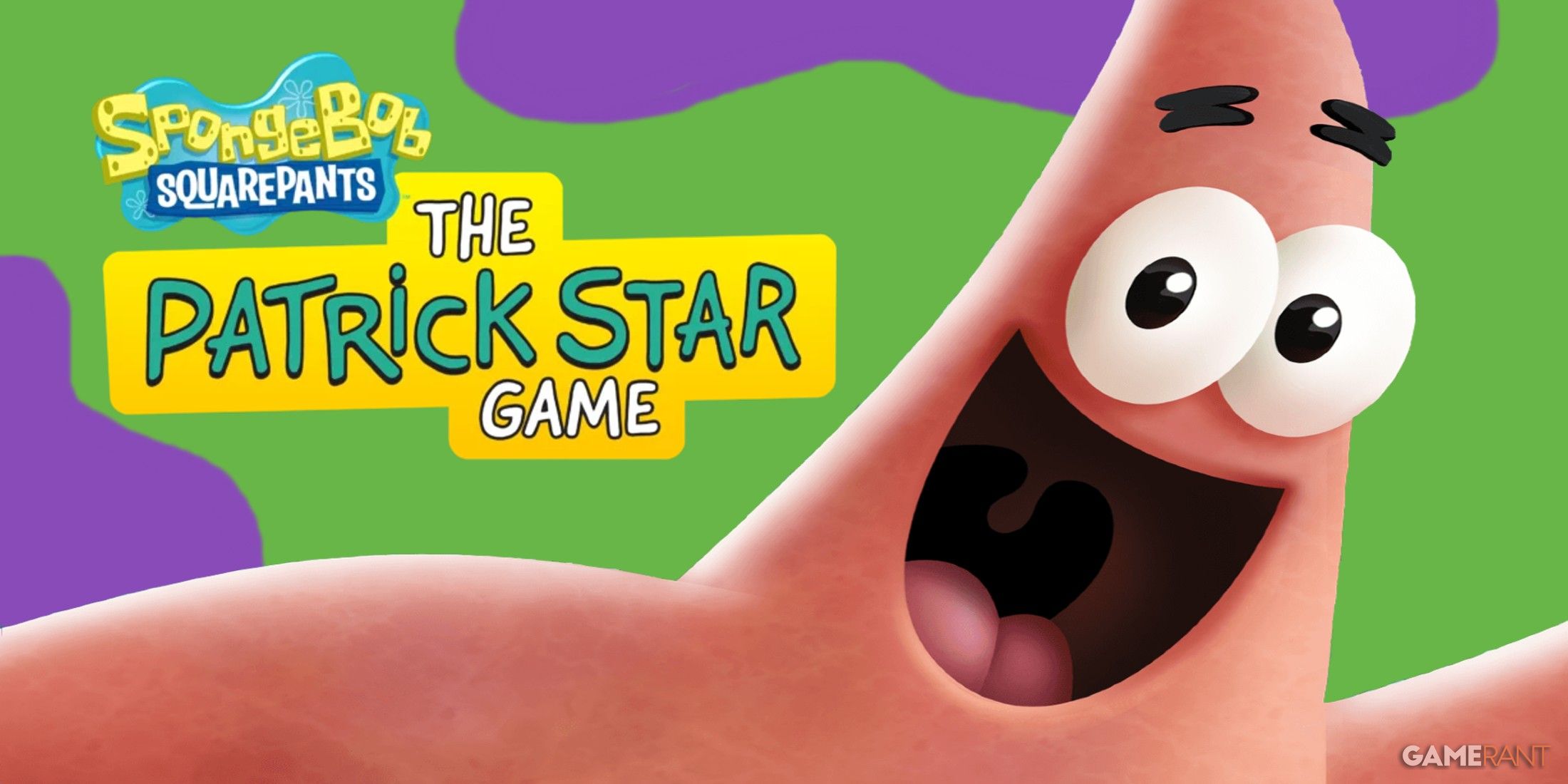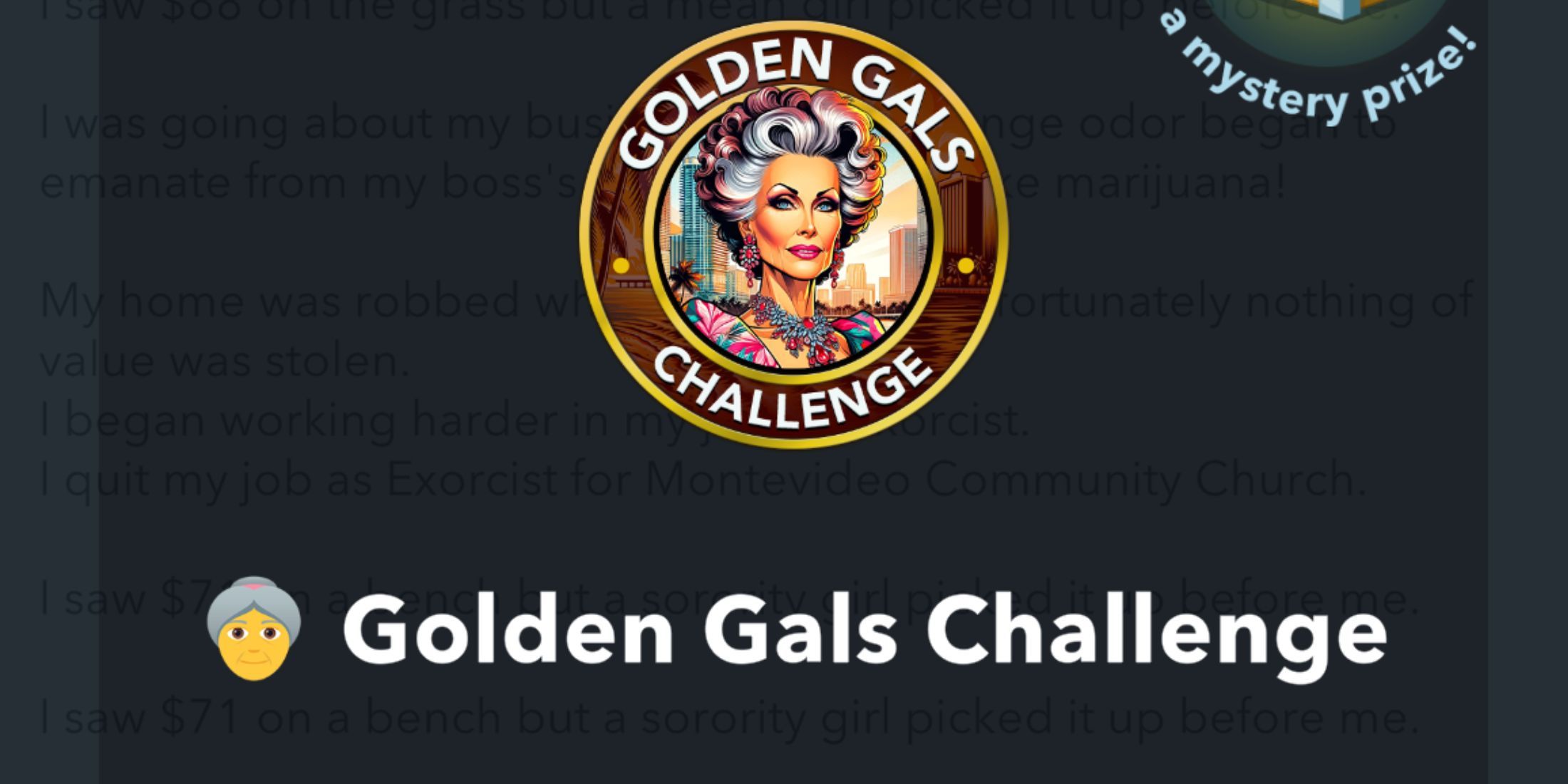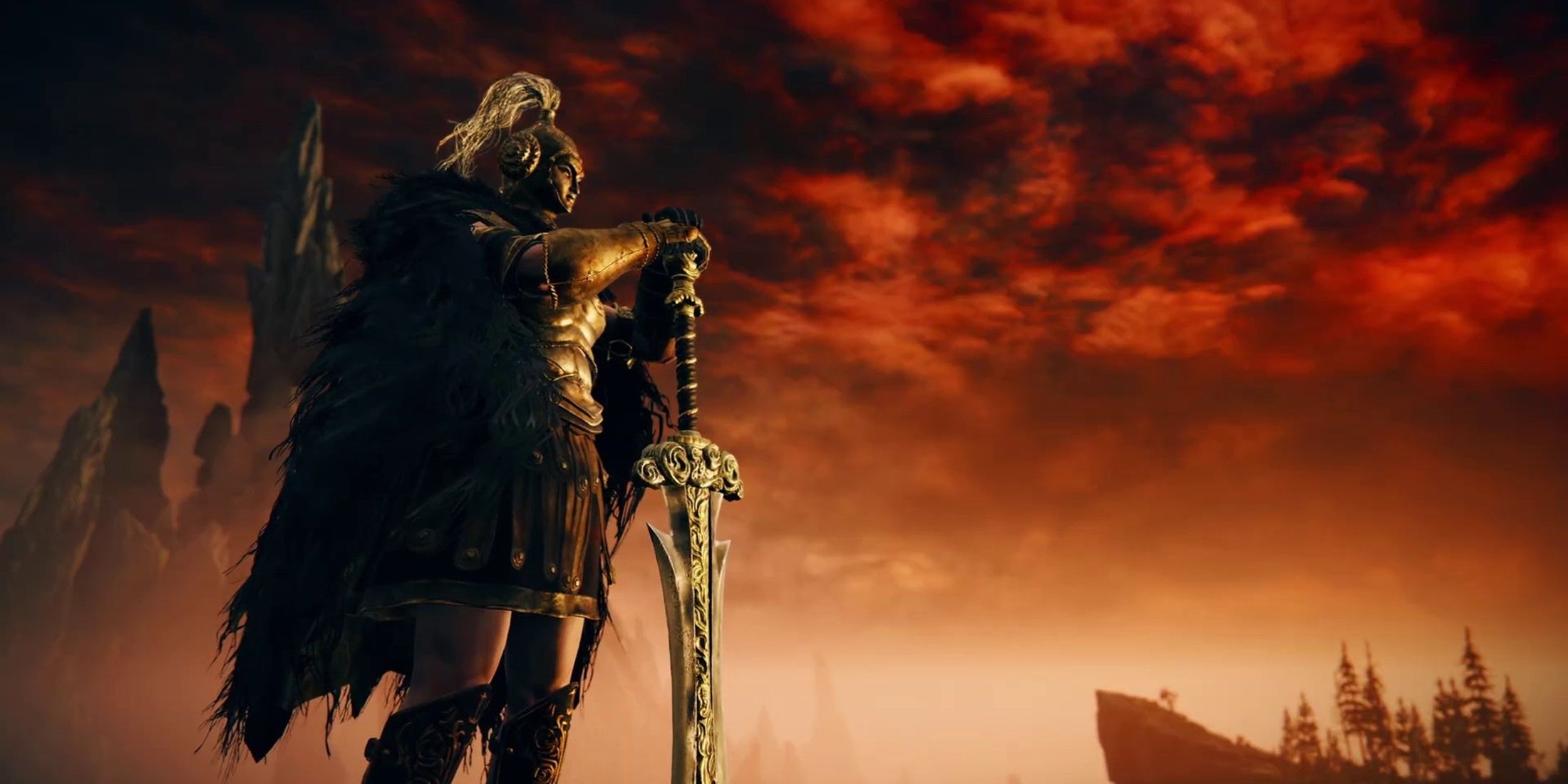Whether in movies, TV, comics, or video games, the allure of a pirate’s life continues to stand the test of time. However, the upcoming turn-based RPG Flint: Treasure of Oblivion seeks to present pirates in a different light with its approach to the pirate fantasy. Developed by French studio Savage Level, Flint: Treasure of Oblivion is a tactical RPG set in the Golden Age of Piracy that aims to show what it was truly like to be a pirate. Flint: Treasure of Oblivion also offers some intriguing mechanics with its comic book-style storytelling and a crew-focused combat system that blends chance and strategy.
In an interview with Game Rant, Savage Level CEO and President Maxime Josse spoke more about Flint: Treasure of Oblivion‘s approach to the pirate fantasy and how the studio hopes to tell some lesser-known truths about pirates. Josse also talked about why the studio chose the tactical RPG genre for Flint: Treasure of Oblivion, discussed its turn-based combat, and much more. The following transcript has been edited for clarity and brevity.
Making A Pirate Tactical RPG In Flint: Treasure Of Oblivion And Gaming Inspirations
Q: Why did you choose the tactical RPG genre to fulfill the pirate fantasy in Flint: Treasure of Oblivion?
Josse: Firstly, because it’s a game genre that appeals to us. Also, the RPG part allows us to explore the pirate theme in greater depth, and the tactical part to explore the different specialties of pirate ship crew members, translating them into combat gameplay.
Q: I understand Flint: Treasure of Oblivion has influences like XCOM and Final Fantasy Tactics – could you talk briefly about how they influenced the game?
Josse: XCOM and Final Fantasy Tactics being references in the genre have naturally inspired our game system, such as cover mechanics and attribute management. However, we have added our own elements to remain original and respectful to the pirate universe.
Q: You’ve previously said that you wanted to make a pirate game to tell some unknown truths about pirates, with themes like fraternity and freedom being important – could you tell us more about that?
Josse: The world of pirates has often been portrayed in an erratic way. Pirates operated through codes and a structured organization for each crew. For example, it was pirates who created the world’s first social security system. A pirate who was wounded and unable to return to sea was given a sum of money with which to retire.
Boardings and naval battles were avoided whenever possible, hence the use of the Jolly Roger to frighten the crew of the opposing ship into surrendering. There are a number of facts such as these which are unknown to the public and which we wanted to make known.
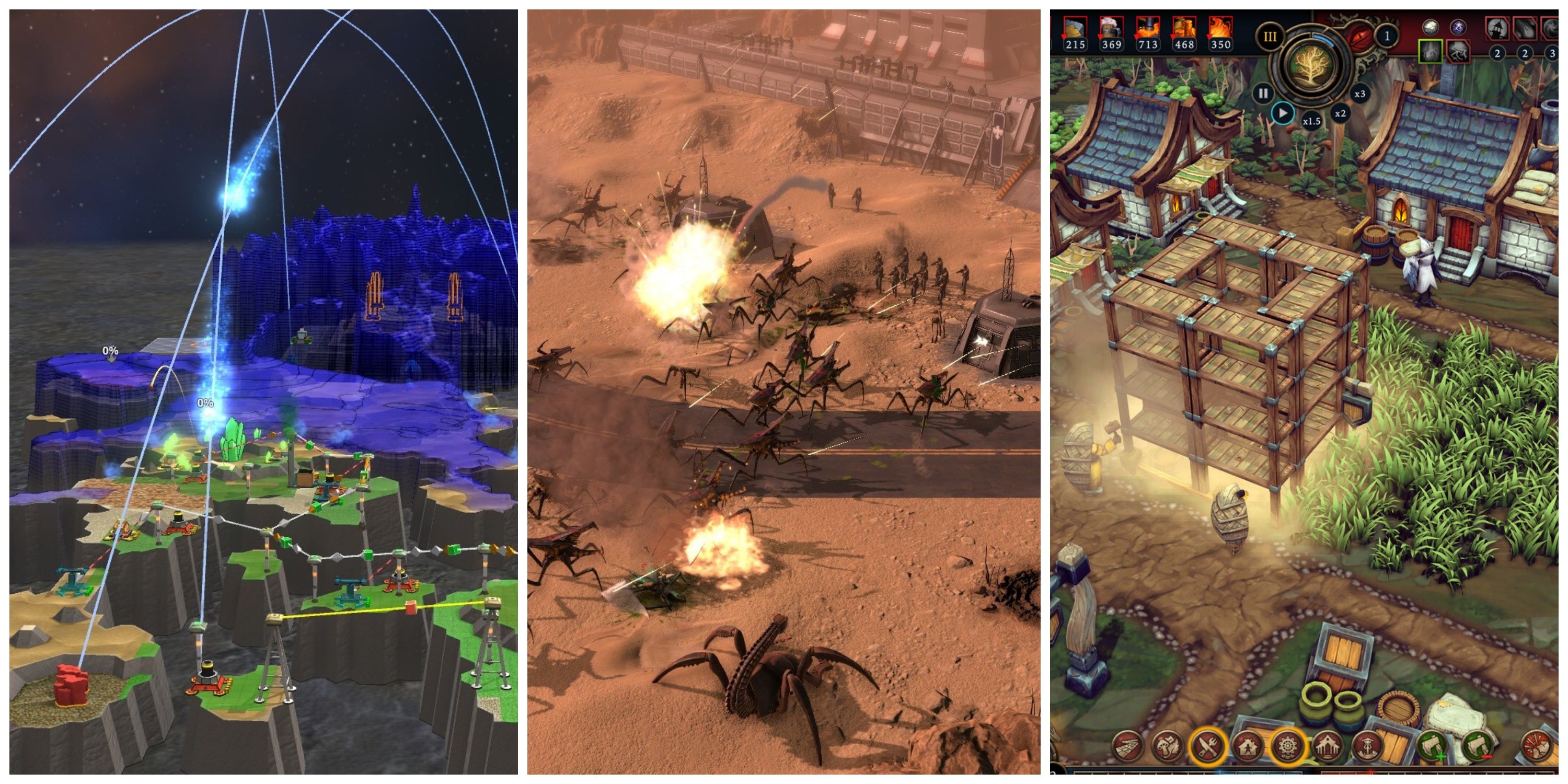
Related
Best Strategy Games Only On PC
Currently, these great strategy games can only be enjoyed on PC. From Xenonauts 2 to Thronefall, there’s something for everyone for fans of the genre.
Treasure Island’s Captain James Flint And Female Pirates In Flint: Treasure Of Oblivion
Q: Why did you choose Captain James Flint from the book Treasure Island as the game’s protagonist, and could you tell us more about Captain Flint and his first mate Billy Bones?
Josse: We wanted an emblematic character from the world of pirates that would speak to as many people as possible. Treasure Island is one of the pillars of this theme. We chose to tell a version of what events might have been like before Treasure Island and to delve deeper into the character of Flint of Treasure Island, who is not the hero of the novel but rather is treated as a legend.
In Treasure Island, Billy Bones is an old alcoholic pirate with the black mark. This was our opportunity to explore his youth and what might have led him to become the pirate described in the novel. The story of Flint: Treasure of Oblivion is not intended to be an established reference to “before Treasure Island,” but rather our proposal and vision of what its characters’ past might have been.
Q: It’s also great to see you’ve included famous female pirates from history like Anne Bonny, with players also able to recruit female crew members. How important was it to you as a studio to give female pirates a voice in Flint: Treasure of Oblivion?
Josse: This is important to us as a studio because it’s a real part of pirate history, and yet another little-known one, that we want to talk about. France’s first female pirate, Jeanne de Belleville—also known as “Jeanne la Tigresse”—plied the seas in the 14th century.
We use Anne Bonny and Mary Read, well-known female pirates from the Golden Age of Piracy, but one of the most powerful pirates of all time was Cheng Shih, a woman in command of hundreds of ships and tens of thousands of “men.” So yes, women pirates had their place in piracy, so they have their place in our game.
Flint: Treasure Of Oblivion’s Comic Book Storytelling And Turn-Based Combat
Q: Could you explain how combat integrates comic-book storytelling and why you chose this approach?
Josse: Comic strip elements are mainly present in the real-time exploration phases, and their primary aim is to streamline and synthesize the way a story is told in a video game. This method of storytelling also enables us to keep the player immersed in the game in a dynamic and artistic way, without breaking the game’s flow with heavy narrative phases.
Q: How does the game’s turn-based combat work with dice, cards, and skills?
Josse: The combat system combines chance and strategy. The player must optimize positioning on the field and crew choices to control randomness. Good tactics minimize the role of luck. Dice represent chance, while cards and skills represent the player’s strategy.
Q: The game’s combat is said to be easy to learn but difficult to master. What specifically makes the combat approachable for new players but challenging to veterans of the genre?
Josse: As mentioned earlier, the system is a blend of chance and strategy. Thus, players can rely both on their luck and their skills. Experienced players will have the opportunity to discover the best strategies to ensure victory, while novice players can enjoy the adventure, spiced up by the uncertainty of a dice roll.
Crew Management, Improvement, And Choice Gameplay In Flint: Treasure Of Oblivion
Q: Could you tell us more about some of the possible crewmates players can recruit and explain how crew management and improvement work between battles?
Josse: Flint will need to recruit all the necessary men to get an 18th-century ship to sea. From the master craftsman to the master gunner, including the helmsman and the lookout, there will be a total of 13 different positions. Each sailor will have a level of expertise in their role, represented by a die: the more experienced the sailor, the higher the number of faces. Each position has its own skills and can also develop in its attributes and characteristics.
It won’t be the number of men you kill in battle that advances the crew, but the gold you find during your explorations and choose to share equally among the pirates. However, the real secret lies in the “combo” between certain characters, who, when placed side by side on the field, provide a significant advantage.

Related
6 Games That Are Living Comic Books
Some games go the extra mile and create a unique art style reminiscent of a comic book, truly bringing the pages and panels of artists to life.
Q: What kinds of choices might players expect, and how might those influence the story?
Josse: As with all tactical games, selecting and developing your team is crucial. Additionally, players are free to explore discovered locations to find treasures and hidden items. They can also choose to follow the main storyline directly without deviation. Some dialogues lead players to make choices that are cosmetic to the story, meaning they have minimal impact on the narrative but significantly influence equipment acquisition and recruitment.
Flint: Treasure Of Oblivion’s Mature Rating, Naval Battles, And Boarding Actions
Q: Can you talk a little bit about on-land gameplay and what that entails, as well as if there is at-sea gameplay?
Josse:Flint is a tactical RPG set in the world of piracy. We’ve designed a combat system focused on human skirmishes, with swords in hand and feet on the deck. However, when it comes to pirates, ships and the sea are essential. That’s why we’ve included naval battles and boarding actions, experienced from the sailors’ perspective.
Q: How has using Unreal Engine 5 been beneficial for the project and its various settings?
Josse: The Savage Level team members have been using Unreal Engine for a long time now. You do not change a winning team.
Q: Some pirate game fans are eager for more mature pirate-themed games. What can players expect from Flint: Treasure of Oblivion’s mature rating?
Josse: In Flint: Treasure of Oblivion, Savage Level offers players a true pirate adventure. The game’s Mature rating is not just about the blood and violence of the battles, but also about the situations and subjects tackled in the course of the game. Flint: Treasure of Oblivion isn’t just a pirate game, it’s a pirate story like it would have been told at the time.
Q: Is there anything else you’d like to add?
Josse: A pirate life for us!
[END]
Flint: Treasure of Oblivion is due for release on October 24, 2024, on PC, PS5, and Xbox Series X/S.
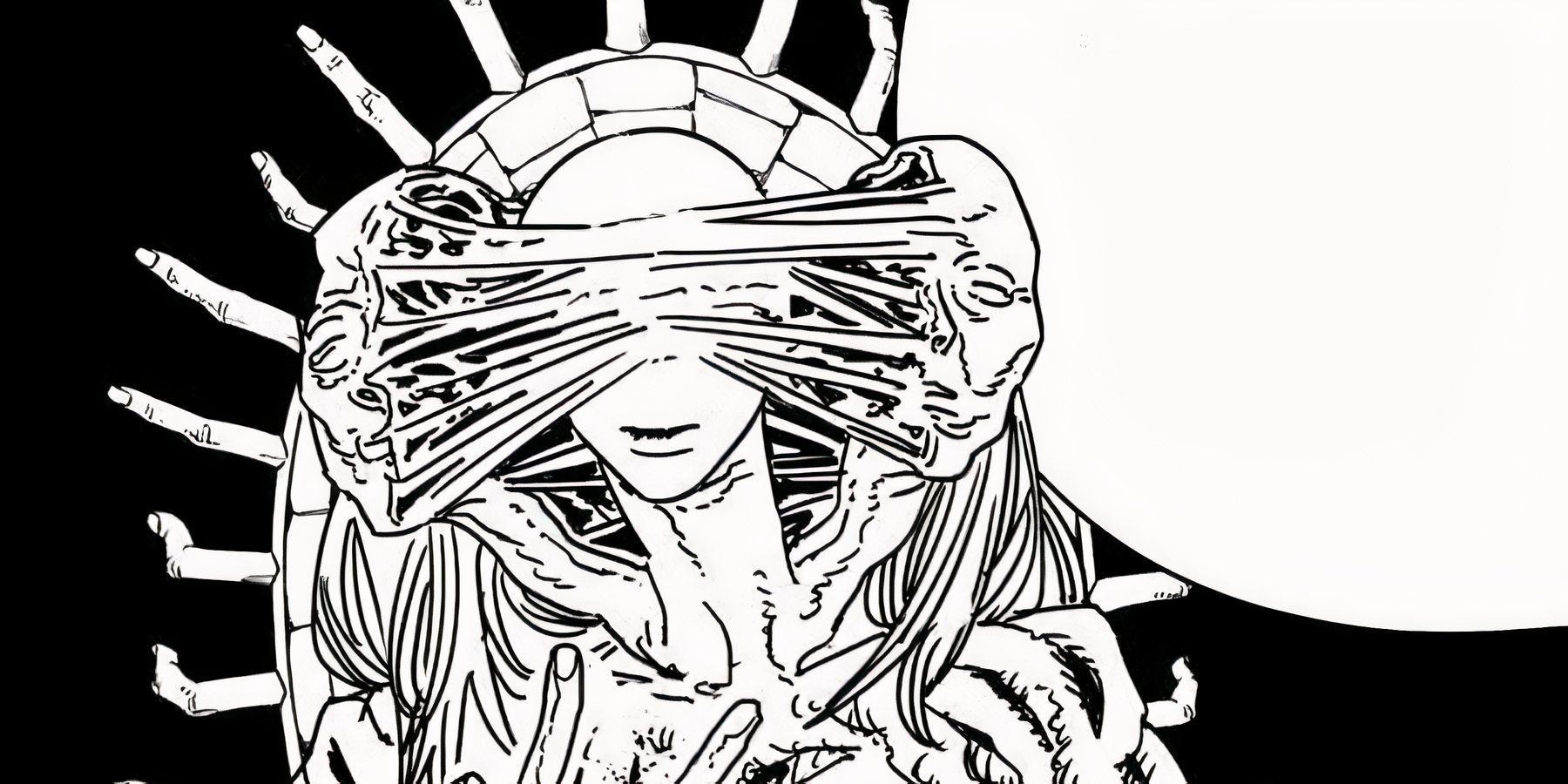
/cdn.vox-cdn.com/uploads/chorus_asset/file/24806200/236729_Garmin_Fenix_7S_Pro_AKrales_0127.jpg)

